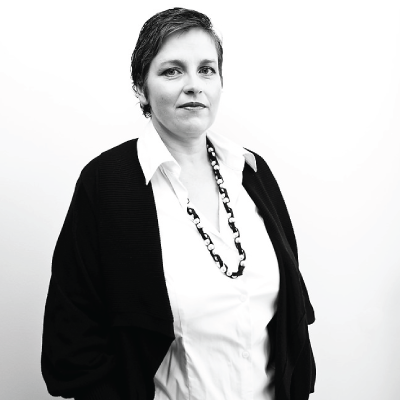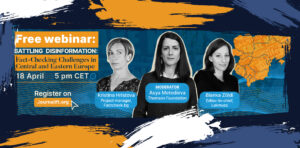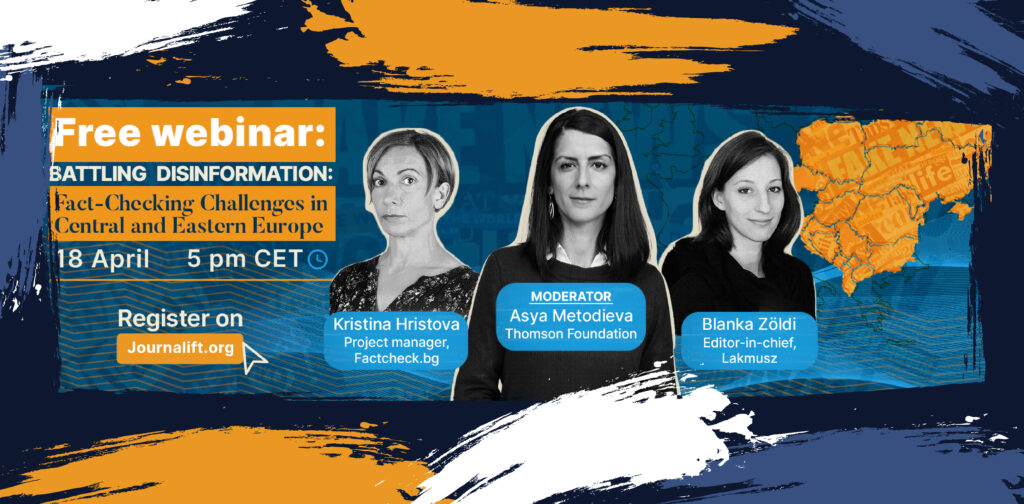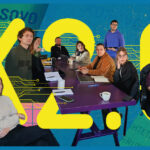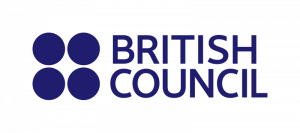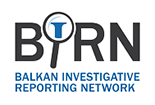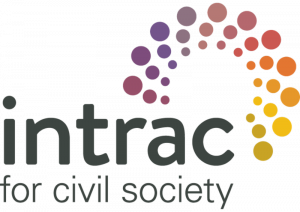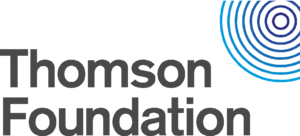In the media business it is challenging to imagine who your audience is. When I was a deputy editor-in-chief of a well-established business magazine, before the audience analysis software was introduced and life without the internet was still a reality, we often imagined „The Reader”. We took a picture of one of the well-known businessmen of the country, wrote a few specifics and tried to remember them when we chose topics and edited the paper.
The practice we used back then is lately called using marketing personas. Creating profiles of imaginary readers that represent a key audience segment based on real-life readers is useful. Each persona is the profile of one person that reflects a key part of the audience. Unlike decades ago, we now create multiple personas to align with different reader types and consider demographic and psychographic information such as goals, beliefs, and interests. Lastly, how do they use the media? What is their expectation from the media? How can we help them in a way that they find our media valuable and interesting? These are the questions every team has to ask nowadays if they want to survive and be successful.
Why is audience analysis important?

Editorial teams must think about their audience from the beginning to make sure journalism has the desired impact. The first question to ask is how does the audience respond to the content? Different platforms require different formats. The second question is about feelings and engagement of the audience with specific topics, influenced by their level of interest, awareness, and sentiment. If outlets try to combine these two approaches, the solution might be tailoring the content, which is not as easy as it sounds.
How to reach a young audience?
One of the key and trending questions of media today is how to reach young audiences.
Finding out what kind of media people under 30 or 35 use to gather information can be challenging. One way to discover this is to set up focus groups to confirm that TikTok is not the only channel they use.
What other options do media outlets have then? One option is using paid promotions: paying to target posts on social media to a specific audience. Another solution- organic outreach- involves sharing content directly in relevant Facebook groups or reaching out to group admins for potential sharing. A/B testing- split testing in other words- combined with paid promotions, can compare two post styles and determine which resonates better with younger audiences.
Creating visuals that might get the key messages across or posting short videos are always a good solution. Young people are more engaged in listening to audio content like podcasts and they prefer short videos, while older audiences still prefer the longer format of articles and multimedia products, including videos.
Why do you need to know your audience?

Reaching the right audience might not be enough.
Focusing on the trending trust indicators is the key: pay attention to the number of subscriptions, monthly visitors, time spent on pages per session and overall audience growth.
Finding out the specific audience’s feelings, concerns, knowledge gaps and responding to them might be the right approach. The main concern in the region last year was connected to the rising inflation rate and the cost of living, overshadowing the war in the neighborhood.
How to reach a hard audience?
Media in the region face many challenges, including deep polarisation of political life and strong presence of (Russian-type, Kremlin-led) disinformation and propaganda. These factors undermine democracy, rule of law, and reinforce existing prejudices.
To succeed in the media business, outlets must understand the specific problems faced by communities and tailor content to meet their needs. Instead of deepening the gaps, build bridges: find topics and stories that bring people together.
Finding stories that bridge the gaps is not easy. Confronting people can lead to further polarisation. But finding local stories which might be able to unite the community is not impossible. And how to find stories that matter? Review comments and talk to people, listen to them and ask yourself if there was anything important you might have missed.
Positive examples can strengthen ties instead of emphasising the differences. Solution journalism could be a very effective journalistic method in our divided era to reach a hard audience. Feedback – e.g., the low number of negative comments – might show that your media is on the right track.
Building trust by listening and asking questions is one effective way to try to reach a hard audience.
Locals meet locals – independent media in the countryside is getting to know its audience

Local media outlets in the region are getting to know their audience better and deeper, following and applying the methods described above. Most of these local online papers are publishing local stories, and their plan is to emphasise covering local issues even more in the future. The reason for this is simple: a small number of independent media outlets with focus on local issues exist in the countryside in the region, especially in the rural areas.
Many difficult questions arise. What kind of stories are these local communities interested in? How do they consume media? What would be the best content format for them? What is their perception of their local outlet’s past work? And most importantly: are they willing to offer something in return for the content?
A great example from the region came from a local partner who had conducted a number of reader surveys in the past. Earlier this year they set up a more ambitious goal: to work with sociologists with considerable experience in research and audience analysis. The approach was complex: first they analysed Google Analytics data from the last five years. The data showed some very interesting and clear patterns: e.g., a visible increase in the readership of a certain county where one of their journalists lives and covers the local issues in the neighborhood.
The next step was building and testing the survey. The approach was twofold: on one hand, they wanted to ask the same questions as in the previous surveys, to observe any shifts in reader's needs, priorities, and perceptions. On the other hand, the goal was to explore if the readers are willing to give something - their email addresses, expertise or even free time - in return for the freely available content? Based on the responses, the outlet intended to start working on a membership model while the content is still free for everyone.
The data collected with the survey and the lesson of the feedback from the focus group had a very interesting result: readers of this specific independent media outlet do not want anything in return for their potential support. They only want the team to continue doing the job.
While other small independent media outlets might have a different audience with different needs and desires, the tools, experience and lessons learned are there. It is obvious there is a large space for improvement and media development when it comes to strengthening the ties between the local media outlets and their local audience. Audience analysis lately became crucial for media outlets everywhere as an important element of media development and building a successful media business.

